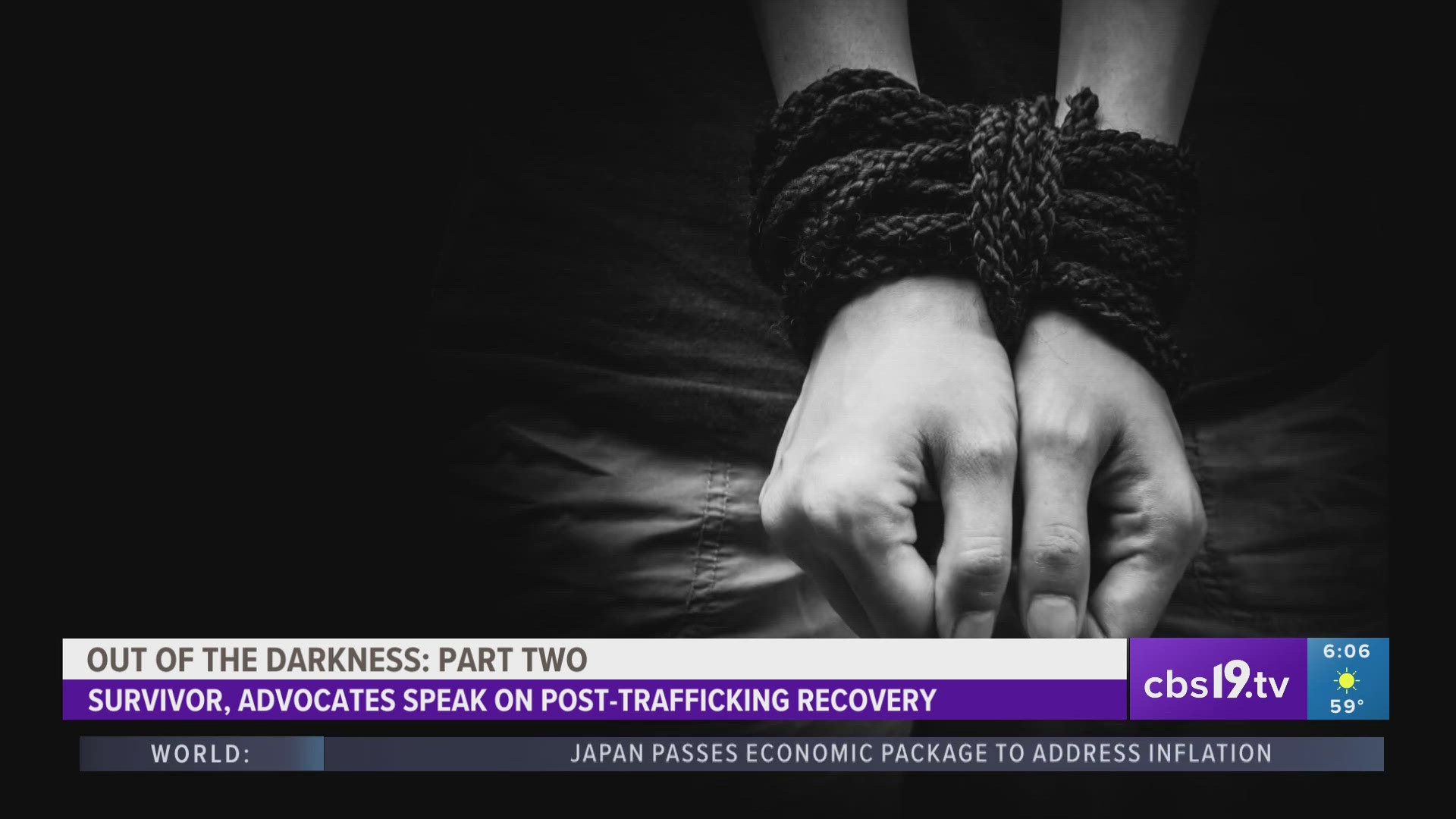Only a small fraction of professionals have a four-day workweek — but the vast majority of those workers would prefer one.
That comes from a survey of 400 members of the job search service Ladders Inc., which offers vetted job postings with annual salaries of $100,000 or more. About 12.7% of those workers currently work a four-day week either permanently or on a trial basis.
Meanwhile, about 90% would prefer to work a four-day workweek and 84% feel they would be more productive with that setup.
For companies mulling over a competitive edge in a tight hiring market, about 79% of these workers said they would leave a five-days per week job for a position offering a four-day workweek. About 24% said they would take less pay in return for a four-day workweek.
The enthusiasm for remote work among highly paid workers comes as the United Kingdom embarks on a large-scale pilot of the concept, with 3,300 employees spanning 70 companies. Workers will receive 100% of their pay for working 80% of their usual week in exchange for maintaining 100% of their productivity.
Employers are starting to get the message too. About 29% of remote employees said that the most desirable benefit they could receive was a four-day workweek, while employers ranked it as the top possible benefit their workers desired, according to a survey by Paychex.
A survey by collaborative calendar firm Magical found 62% of employees would consider a 10% pay cut in order to have a four-day workweek.
The four-day workweek keeps popping up across the country, including:
- Keller, Texas, which is allowing some city employees to work a "compressed" schedule in a trial that will last for four months over the summer.
- A proposal in the state legislature of California to reduce the official workweek from 40 hours to 32 hours at companies with more than 500 employees. That proposal was officially shelved, according to the Wall Street journal.
- More businesses advertising the four-day workweek, as the number of job postings in the US mentioning a four-day workweek has risen 673% over the past three years. It is still a tiny percentage overall though, at 0.31%, according to an analysis by Emsi Burning Glass, a global labor market data and analytics company.
Read the full story on the St. Louis Business Journal website.



